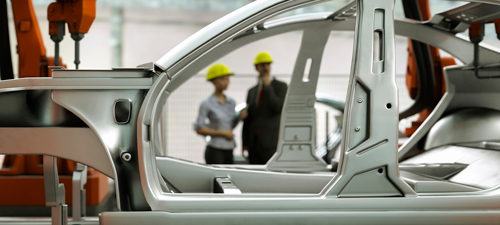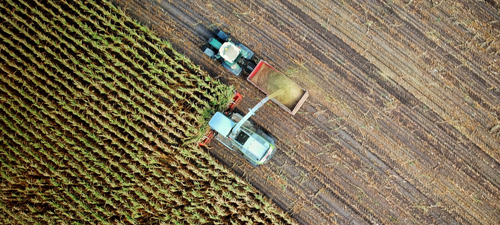NEW ADVANCEMENTS GIVE ADDITIVE MANUFACTURING A BOOST
3D printing has been getting a lot of press in recent years, with experts making the prediction that 3D printing may just be the new driving force of American manufacturing innovation. New advancements and technology improvements have continued to make 3D printing an excellent option for an expanding list of applications, from the traditional 3D prototypes that have been popular since the 1980s to today’s on-demand, smaller run production.
CNC PROTOTYPING
With all this attention on 3D printing, it can be easy to forget that rapid prototyping has been done using a variety of techniques that utilize both additive and subtractive manufacturing processes. One traditional subtractive technique is CNC machining.

Percentage use of rapid prototyping worldwide as of year 2000.
So does this mean that CNC machining has become nothing more than a relic from the past? We’re happy to report the answer is… not necessarily. Turns out, CNC prototyping still offers advantages depending on the desired characteristics of the prototyped part. What may be the obvious choice for one part may be a tough decision based on a variety of factors for another.
That’s why we’ve put together a quick list below of some of the things to consider when deciding – 3D printing or CNC machining?
- Complex part geometry: Since CNC machining is a subtractive process, it is not as ideal for these types of complex parts. 3D printing, which builds layer by layer, can handle more complex shapes which can then be used to assess part fit and function for assemblies.
- Precision: 3D printing is gaining in this area, but depending on how tight your tolerances need to be, CNC may be more efficient for getting the most accurate prototypes.
- Want not, waste not: 3D printed prototypes can reduce waste frequently associated with CNC parts. With additive processes, the only material used is the material used for the part. CNC cuts the prototype out of the material used, always leaving some behind.
- Time crunch? 3D printing is your best bet. 3D printing can create prototypes in a matter of hours, whereas CNC may require longer lead times to handle setup.
- The great news: The experienced engineers at KASO Plastics are well versed in all rapid prototyping technologies, and can provide you with all the tools you need for your next project. Let us help you decrease your project lead times and save money while ensuring you receive the highest quality rapid prototypes available.Rapid prototyping can be an important part of the Early Supplier Involvement Process. Learn more.
Editor’s note: Updated April 26, 2017.








 Molding services for Agricultural customers
Molding services for Agricultural customers